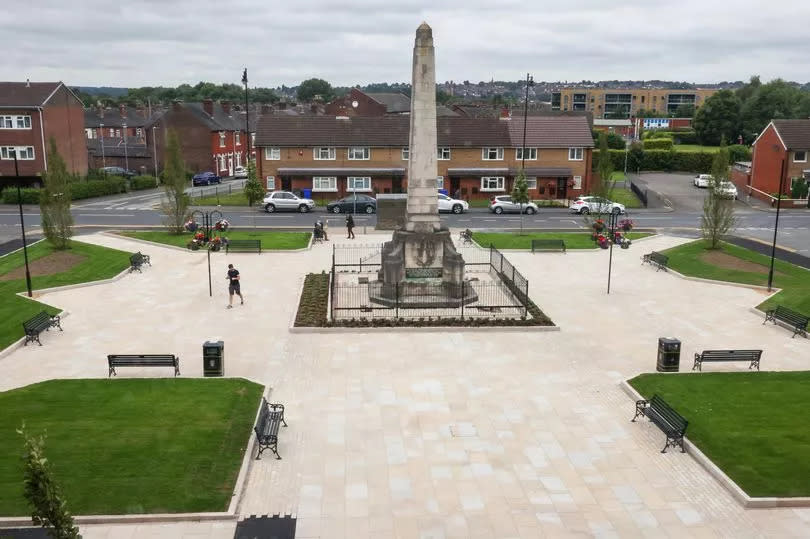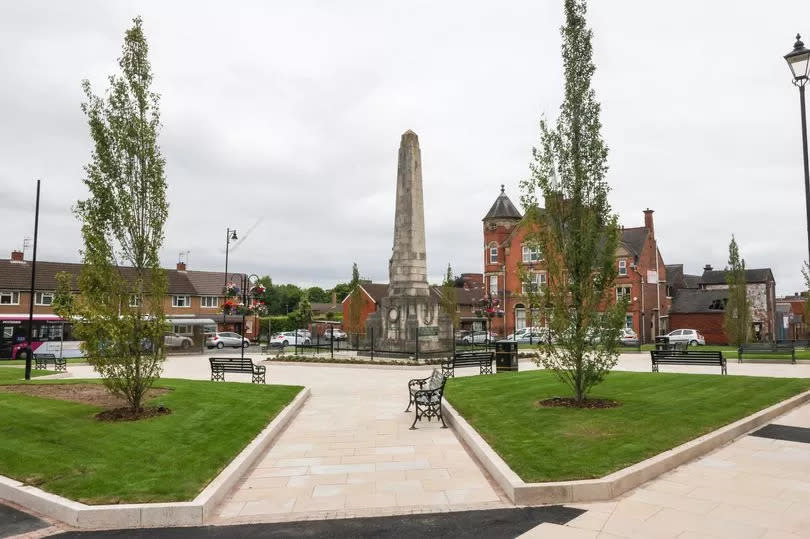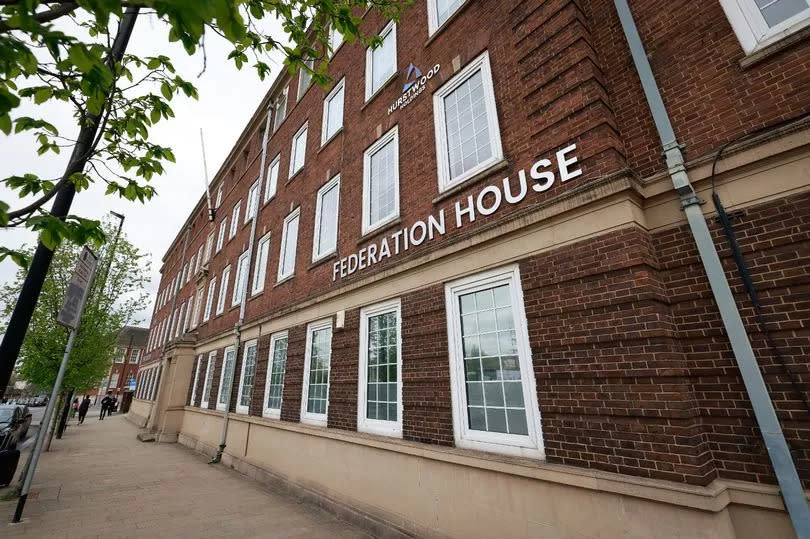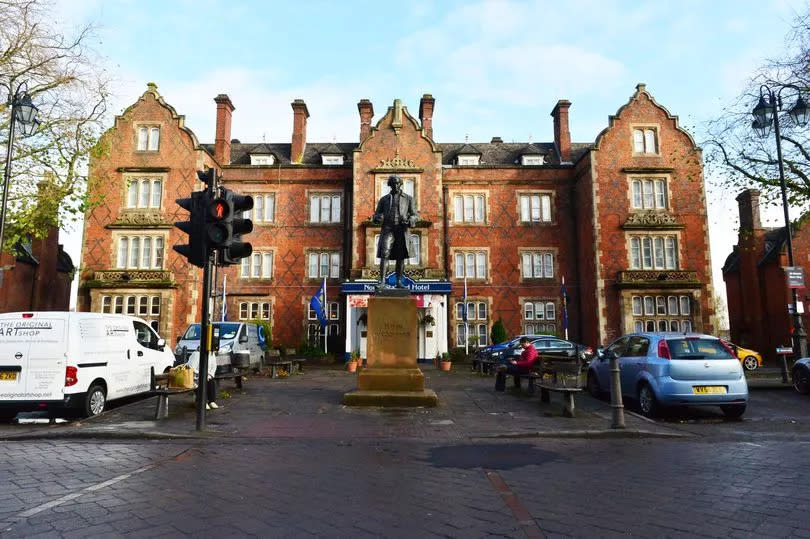Potters' Club and other buildings brought into expanded conservation areas

Two conservation areas in Stoke-on-Trent have been expanded following a review. Stoke-on-Trent City Council has finalised the new boundaries of Winton Square in Stoke and Albert Square in Fenton, bringing to an end the process of reviewing all 22 conservation areas in the Potteries which began two years ago.
Conservation areas are zones of 'special architectural character or historic interest', which have additional protections under planning rules. Local authorities are required to review these areas 'from time to time' to ensure they are fit for purpose.
Winton Square conservation area originally only included Stoke Station, the North Stafford Hotel and the other buildings lining the square. It has now been expanded to include Federation House and the rest of the southern end of Station Road up to the Leek Road junction.
READ: Council to reduce grass cutting at these 17 sites - the list - 'Low activity' areas at sites such as The Wammy would only be cut once a year under Newcastle Borough Council's new grassland strategy
READ: Two firms in talks to move into latest Etruria Valley warehouse - Stoke-on-Trent City Council has approved plans for the 72,000sqft unit at St Modwen Park Stoke Central
The council says that Federation House, a Georgian Building dating back to the 1930s, has 'high social significance' as the home of the British Pottery Manufacturers' Federation Club - more commonly known as the Potters' Club. And extending the conservation area to the Leek Road junction will provide a 'continuous frontage' along the south eastern approach and 'protect the setting of the square'.
The Albert Square conservation area included Fenton Town Hall, Christ Church, the square itself and other nearby buildings. It has now been expanded slightly to include a row of four houses on Christchurch Street which face onto the square, a wall on Glebedale Road and a development site at the corner of City Road.

According to a council report, including the Glebedale Street wall in the conservation area will 'preserve its connection to the Baker family', while the corner of City Road is 'a site of archaeological significance'.
No residents responded to the public consultation on the Albert Square changes, but Stoke-on-Trent South MP Jack Brereton raised concerns over the lack of an appraisal for the conservation area, and the 'potentially negative impact' on future development. While the council acknowledged that an appraisal was not carried out, it insisted that 'an appropriate level of assessment was exercised'.
The changes to the conservation area were backed by Potteries Heritage Society, while Heritage England said the review had been carried out in accordance with national guidance.

Councillor Chris Robinson, cabinet member for housing, regeneration, and planning at the city council, welcomed the completion of the review. He said: "Conservation areas play an important role in preserving and enhancing the city’s heritage. Our city has a unique and vibrant cultural identity and heritage which sets the city apart from other places.
"The council has a duty to review its conservation areas from time to time. Where an area has special architectural or historic interest, and it is desirable to preserve or enhance its character or appearance, then it shall be designated as a conservation area.

"I am pleased that the declaration of these two conservation areas now completes the review. Being in a conservation area helps the council to protect and manage the essential elements of character and appearance that make such places distinctive and 'special'. The value placed on the distinctiveness and character of conservation areas is usually reflected in the price of properties situated within them and in some cases, conservation areas may also qualify for heritage-focused funding streams."
In conservation areas, demolition of buildings requires planning permission, while applications are also needed for certain changes to buildings which would usually be considered 'permitted development'.
For more information about Stoke-on-Trent's conservation areas click here.

 Yahoo News
Yahoo News 
